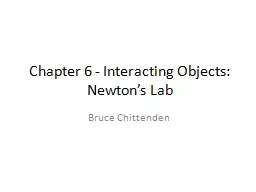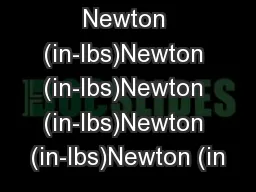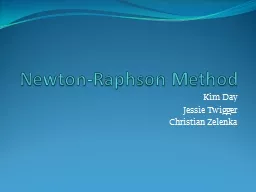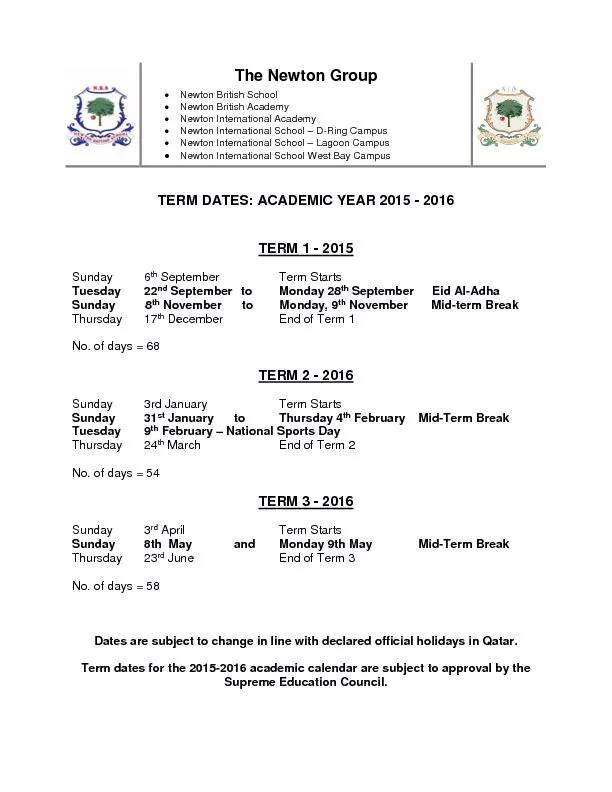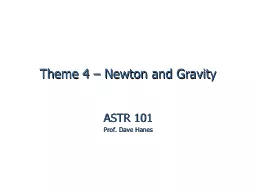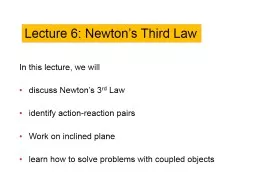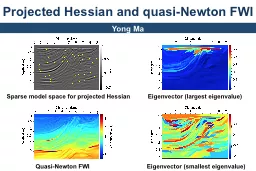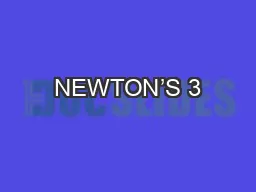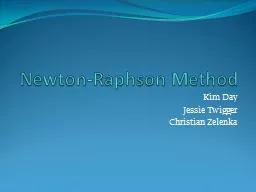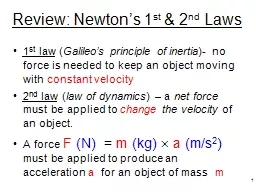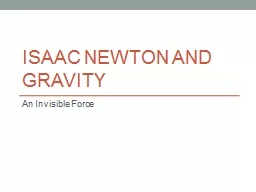PPT-Chapter 6 - Interacting Objects: Newton’s Lab
Author : pamella-moone | Published Date : 2018-10-14
Bruce Chittenden 61 The Starting Point Newtons Lab Exercise 61 Right Click on space Exercise 62 Sun and Planet Exercise 62 Sun and Two Planets Exercise 62 Sun Planet
Presentation Embed Code
Download Presentation
Download Presentation The PPT/PDF document "Chapter 6 - Interacting Objects: Newton�..." is the property of its rightful owner. Permission is granted to download and print the materials on this website for personal, non-commercial use only, and to display it on your personal computer provided you do not modify the materials and that you retain all copyright notices contained in the materials. By downloading content from our website, you accept the terms of this agreement.
Chapter 6 - Interacting Objects: Newton’s Lab: Transcript
Download Rules Of Document
"Chapter 6 - Interacting Objects: Newton’s Lab"The content belongs to its owner. You may download and print it for personal use, without modification, and keep all copyright notices. By downloading, you agree to these terms.
Related Documents

